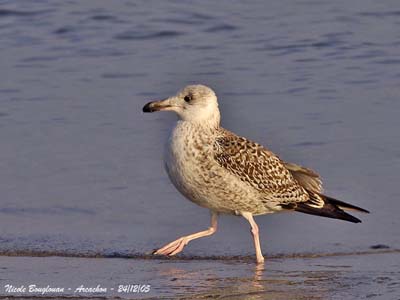By Doug Becker

There are at least 28 types of gull species in North America, and 50 some types worldwide. Seems all gulls share the deserved reputation of being loud and aggressive scavengers. They’ll eat anything from French fries and hamburgers to other birds and seafood of any kind. They’re common around restaurants, parking lots, beaches, the city dump, and on the water out at sea. Even active bird watchers don’t get excited seeing groups of seagulls in the mall parking lot. That’s me. Then one time I took my family to Maine to spend time on Great Diamond Island just off the shores of Portland. This is an experience I would recommend to anyone! As we loaded up on the little ferry boat, I kept noticing large birds in the distance. Was I looking at ospreys, maybe eagles? Nope. I was looking at Great Black-backed Gulls! They are outstandingly majestic and are the biggest gulls in the world!
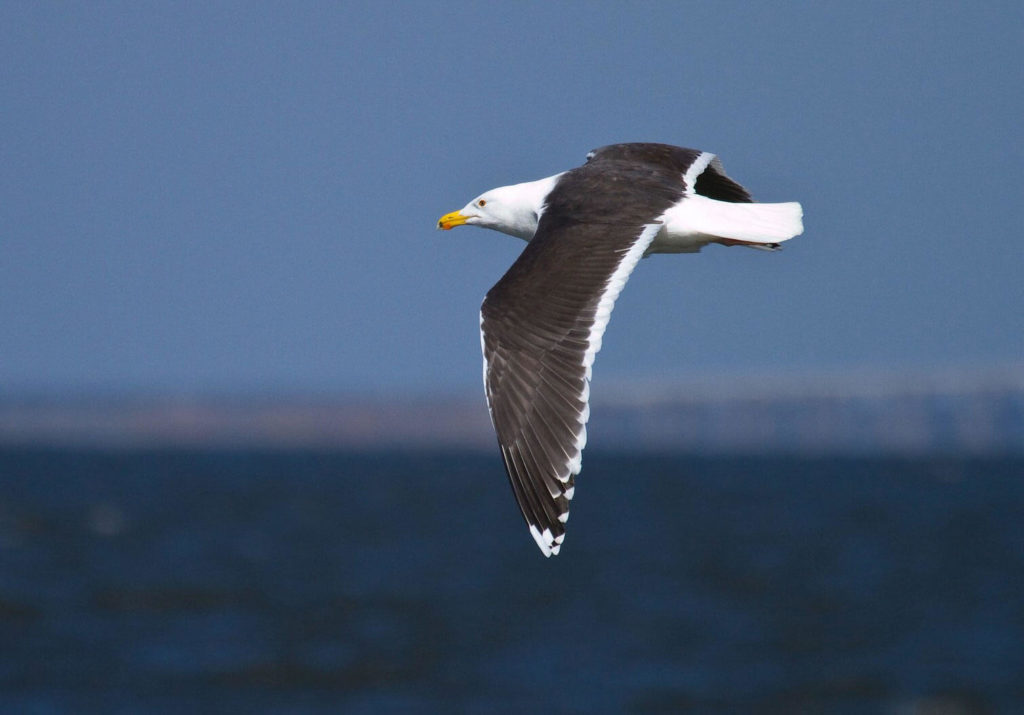
BTW, and just to be technical, these big birds are frequently called greater black-backed seagulls. Their correct name, however, is Great Black-backed Gull. In fact, seagull is just a casual name that has been given to the gull family. The Great Black-backed Gull is easy to identify. First off, they are clearly the biggest gull on dockside pilings, or at the beach. Their powerful build and domineering presence make them the boss of their area. Even their simple coloring makes them look royal. The adults have bright white underparts, contrasted with a black back and broad black wings. Their breast, neck, and large head is also bright white. Look for pink legs, a dark eye, and a large yellow bill with a red dot near the tip. The length of this gull can be just over 31 inches, and their wingspan reaches over 5 feet. Yep, the Black-backs are the boss of the beach, and a spectacle to behold!
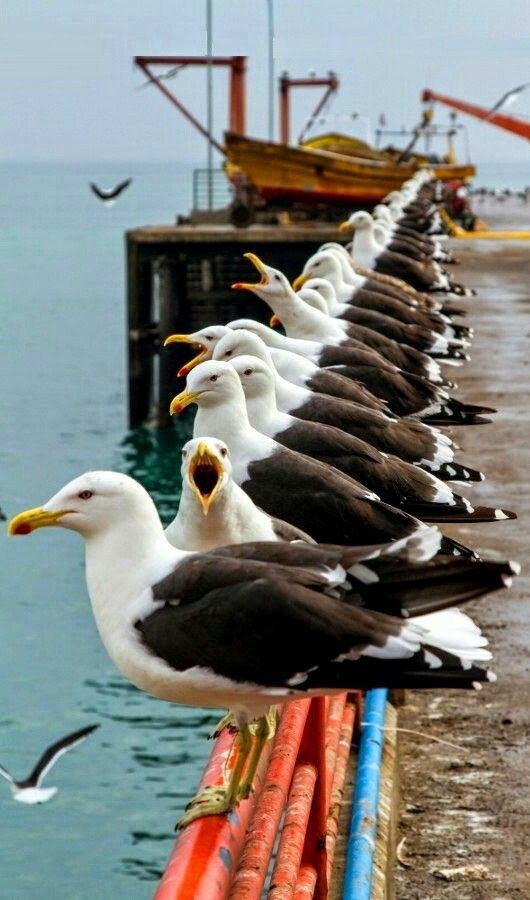
During the 1800s, like many birds at that time, the Great Black-backed Gulls’ population severely declined due to their feathers being used for fashionable clothing. In the 1900s, after the demise of the feather trade, Black-backs regained their populations. Their breeding area had been confined to northern New England, but with the help from the fishing industry, garbage dumps, and other sources of human refuse, their territory has expanded through much of the Great Lakes, and south down the eastern shores through Florida. My sightings have been on the west coast of Florida.

Great Black-backed Gulls, who mate for life, nest on the ground, and usually in colonies. Their colonies are not exclusive. Herring Gulls or other birds will usually join the colony. Nest sites are near rock outcroppings, sand dunes, or on islands, and above the tide mark. Both male and female make more than one nest scrape, but the nest selected is the one where the female chooses to lay her eggs. The finished nest is made of vegetation, feathers, rope, plastic, or any other items that fill the scrape. Most nests are placed next to rocks, logs, or bushes that make a wind break, and offer an ounce of privacy. Nests are 8-20 inches wide. The inner cup varies from 5-13 inches across, and 2-4 inches deep. Just enough to call home.
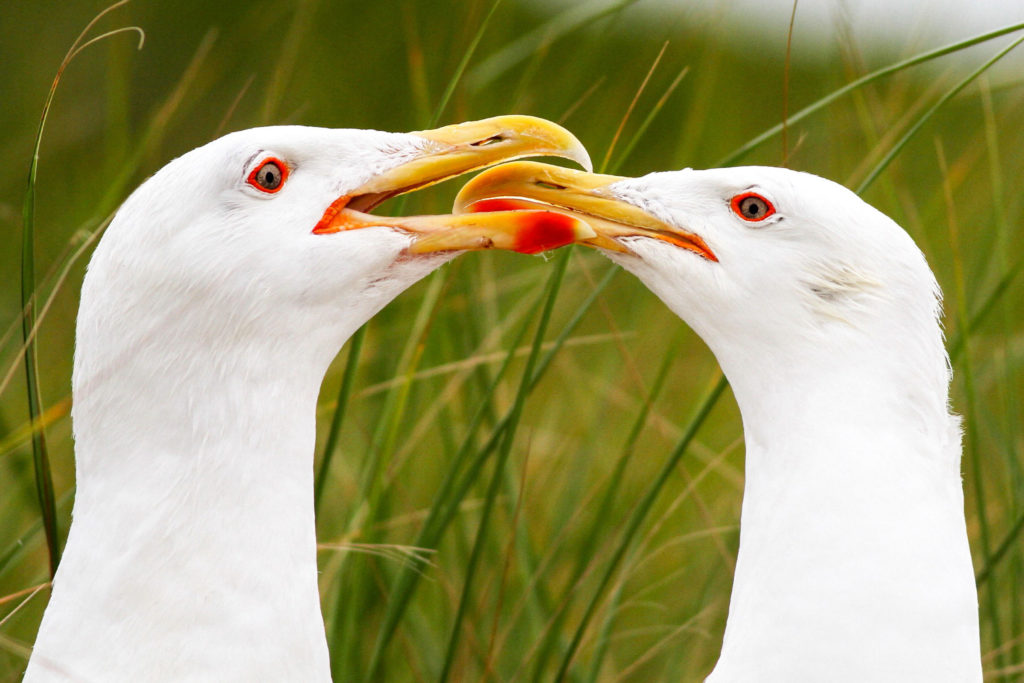
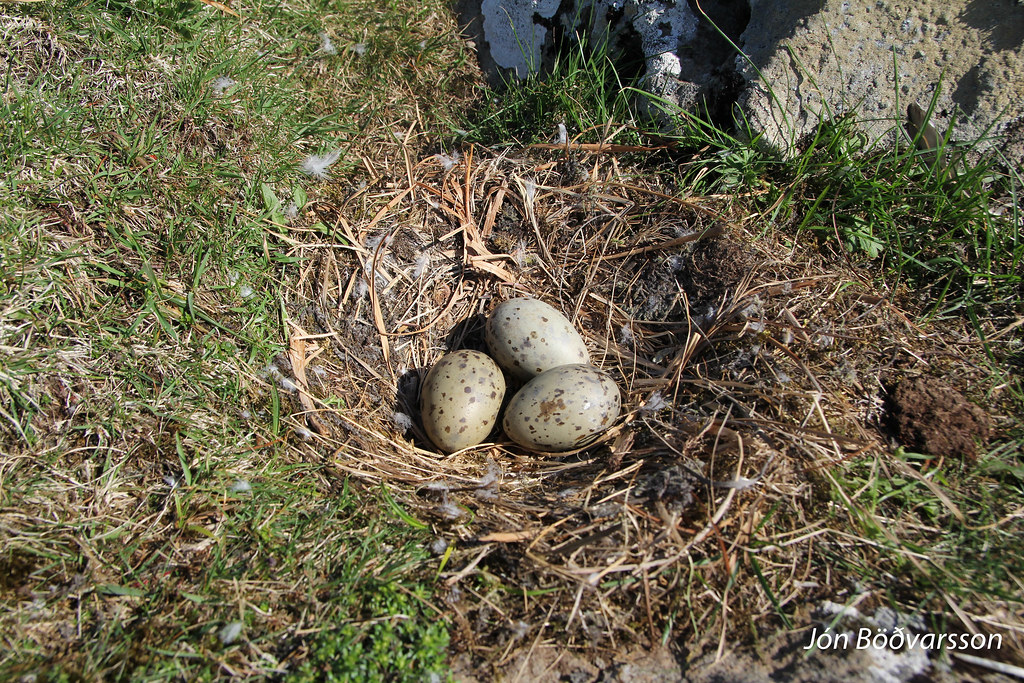
Then, family development goes like this. One brood per year containing 2-3 eggs. The incubation period is 30-32 days, and the nesting period is just 1 day. Even though the chicks are out and about in a day, they stay close to the nest and get help feeding from mom and dad for about 40 days. Even after 45 days when the chicks first take flight, they will still return to their territory to rest and be fed by the adults for the next 3-4 weeks. During this time, they are very vulnerable to predators. As the young become stronger, they will team up to feed with other juveniles. During winter, groups of young Great Black-backed Gulls eat fish that are driven to the surface by Humpback Whales.

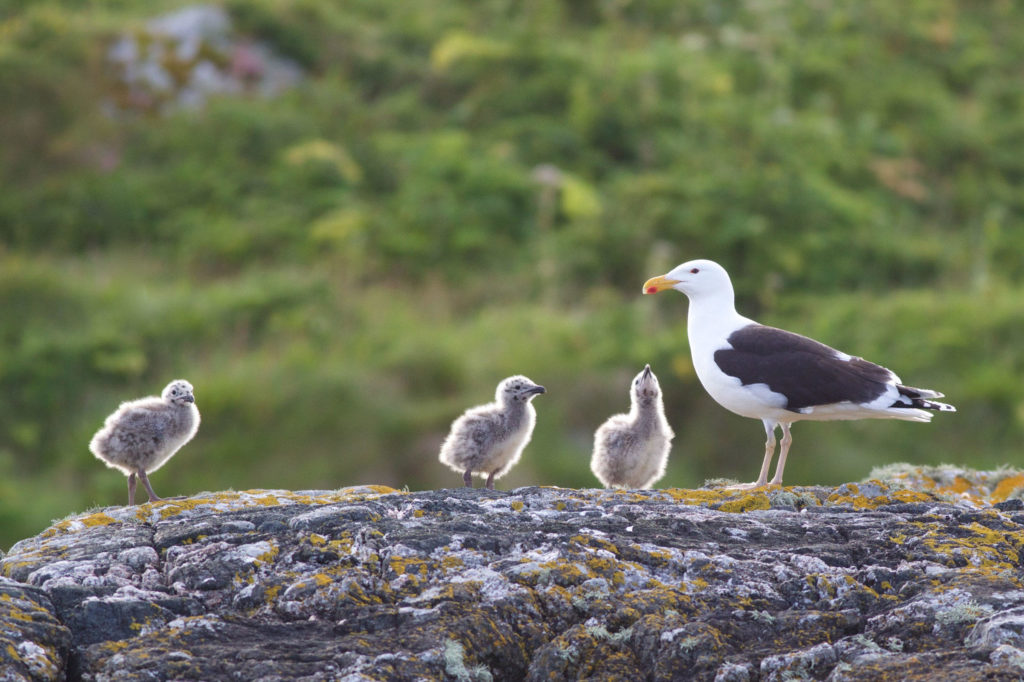
Cornell Lab notes that this truly regal gull has impressed naturalists for years. To quote one unnamed observer, “It surely seemed to be a king among the gulls, a merciless tyrant over its fellows, the largest and strongest of its tribe. No weaker gull dared to intrude upon its feudal domain.”
So, let’s get excited experiencing the biggest and most impressive gull in the world, the Great Black-backed Gull. Grab your best binoculars, scopes, and cameras, and head to the east coast and northern Great Lakes region for an experience of your own. I’ll see ya out there!

Will Cook Photographer





